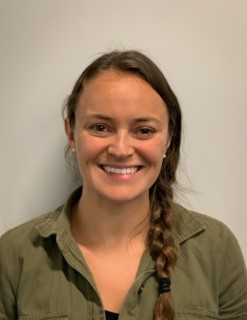 Enhanced Structural Elucidation of Microcystins by Electron Activated Dissociation (EAD)
Enhanced Structural Elucidation of Microcystins by Electron Activated Dissociation (EAD)Emerging Environmental Applications for High Resolution Mass Spectrometry
Poster Presentation
Prepared by K. Adams1, H. Lee2, K. Oetjen2, C. Butt2
1 - Sciex, 500 Old Connecticut Path, Building B, Framingham, MA, 01701, United States
2 - Sciex, , , United States
Contact Information: [email protected]; 978-938-9253
ABSTRACT
Over 250 congeners of hepatoxins derived from cyanobacteria have been identified to date. The observed structural diversity between congeners stems from variable amino acid substitutions within the cyclic peptide structures of microcystins (MC) and nodularin (NOD). Conventional immunoassay-based methods typically lack the specificity to unambiguously identify individual congeners, while collision-induced dissociation (CID)-based MS/MS analysis often produces non-selective fragments due to fragmentation primarily occurring at a common side chain present in all MC peptides. In this study, electron activated dissociation (EAD) fragmentation in the ZenoTOF 7600 system from SCIEX enhanced the structural elucidation of microcystins (MCs) through the production of unique fragments that were not observed during CID. Some of these novel fragments were associated with modifications of the amino acid side chains and cleavages of the amide bonds throughout the peptide to open the ring structure. For example, while CID fragmentation typically consumes most of the precursor ions, the doubly charged [M+2H]2+ precursor peak and its corresponding charge-reduced species (CRS), [M+H]+, that results from electron-capture detection (ECD) were preserved in the EAD MS/MS spectra of the MC-YR peptide. The softer approach of EAD produces more diagnostic fragments that can supplement the lack of structural information whenever CID produces non-selective fragments. A comparison of the fragments produced by EAD and CID showed that EAD fragmentation consistently produces more unique fragments than CID fragmentation for the MC peptides tested.

